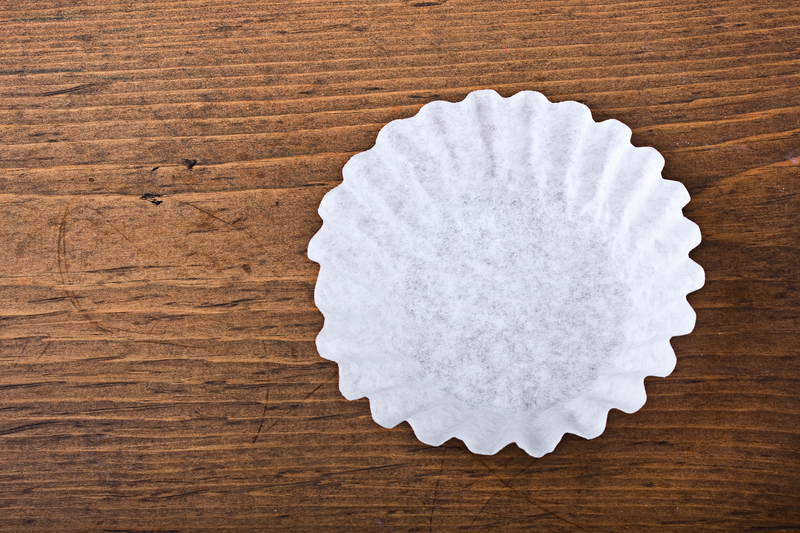Short Guide: Clean Kitchen Tiles Swiftly
Keeping your kitchen tiles clean is more than just a matter of aesthetics. Sparkling tiles can significantly improve the overall ambiance of your kitchen and also contribute to a healthier living environment. This guide will take you through the process of quickly and efficiently cleaning your kitchen tiles, breaking down the methods and products to use for a gleaming finish.
Why It's Important to Clean Kitchen Tiles Regularly
Kitchen tiles, like any other surface, can harbor bacteria, grime, and grease, particularly in high-traffic and high-use areas like the kitchen. Regular cleaning not only keeps the tiles looking fresh but also prevents the build-up of substances that can become increasingly difficult to remove over time. Moreover, consistent cleaning can prevent the growth of mold and mildew in grout lines, which are often the breeding grounds for unhealthy microbes.

Gathering the Right Cleaning Supplies
To clean kitchen tiles swiftly and effectively, you'll need to gather some essential supplies. Here's a basic checklist:
- All-purpose cleaner or a specialized tile cleaner
- Cleaning gloves
- Microfiber cloths or sponges
- Bucket of warm water
- Grout brush or an old toothbrush
- Vinegar and baking soda (optional)
- Mop
Having all your supplies on hand before you start will make the cleaning process much faster and more efficient.
Step-by-Step Guide to Cleaning Kitchen Tiles Swiftly
Here's a step-by-step breakdown of how to clean your kitchen tiles for the best results.
Step 1: Remove Surface Debris
Begin by removing any loose debris from the tiles. This includes crumbs, dirt, and other particles that can obstruct the cleaning process. Sweeping the area or using a vacuum cleaner can make this step faster.
Step 2: Apply Cleaning Solution
Once the surface is free of debris, apply your cleaning solution. If you're using an all-purpose cleaner, spray it evenly across the tiles. In case you prefer a natural cleaning solution, mix equal parts of vinegar and warm water in a spray bottle. For tougher stains, you can make a paste using baking soda and water and apply it directly to the stained areas.
Step 3: Scrub the Tiles and Grout
Using a sponge or microfiber cloth, scrub the tiles in a circular motion. Pay special attention to areas with grease or stubborn stains. Use a grout brush or an old toothbrush to scrub the grout lines carefully. This is essential to remove any mold, mildew, or accumulated grime.
Maintaining a Sparkling Kitchen
Regular maintenance is crucial to keep your kitchen tiles looking new. Here are some tips to maintain their sparkle:
Daily Wipe-Downs
Make it a habit to wipe down your kitchen tiles every day. This will reduce the build-up of grease and grime, making deep cleaning sessions less frequent and easier.
Use Doormats
Place doormats at the entrances of your kitchen. This will help to catch dirt and debris before they reach your kitchen tiles, reducing the amount of frequent sweeping or vacuuming required.
Seal Grout Lines
Grout lines can easily absorb liquids and stains, making them harder to clean. Applying a grout sealer can help prevent these issues, making future cleaning tasks much simpler and effective.
Deep Cleaning and Tackling Tough Stains
Despite regular maintenance, there may come a time when your kitchen tiles need a deep cleaning session. This process will help to tackle tough stains and restore your tiles to their former glory.
Step 1: Pre-soak the Area
For stubborn stains, pre-soak the area by applying a generous amount of cleaning solution and letting it sit for about 10-15 minutes. This will help to loosen the grime and make scrubbing more effective.
Step 2: Use a Steam Cleaner
If available, a steam cleaner can be a remarkable tool for deep cleaning tiles and grout. The high temperature of the steam can effectively disinfect and remove deep-seated dirt without the need for harmful chemicals.
Step 3: Rinse and Dry
After scrubbing, rinse the tiles thoroughly with clean water to remove any remaining cleaning solution. Use a mop or a clean cloth to wipe the tiles dry, preventing water spots from forming.

Choosing the Right Tile Cleaner
Not all tile cleaners are created equal, and choosing the right one can make a significant difference in your cleaning efficiency and results. Here are a few options to consider:
- All-Purpose Cleaners: Good for everyday cleaning and suitable for most tile types.
- Tile-Specific Cleaners: Formulated to handle grease, grime, and stains commonly found on kitchen tiles.
- Natural Cleaners: Made from eco-friendly ingredients like vinegar and baking soda; ideal for those looking to avoid harsh chemicals.
Read the labels carefully and consider performing a patch test in an inconspicuous area to ensure that the cleaner does not damage or discolor your tiles.
Conclusion
Cleaning kitchen tiles swiftly doesn't have to be a daunting task. With the right approach and tools, you can keep your tiles looking immaculate with minimal effort. Remember that regular maintenance is the key to reducing the need for intensive deep-cleaning sessions. By following the steps and tips outlined above, your kitchen tiles will remain sparkling clean, contributing to a healthier and more inviting kitchen environment.
So roll up your sleeves, gather your supplies, and give your kitchen tiles the care they deserve. You'll be delighted by the difference it makes!



